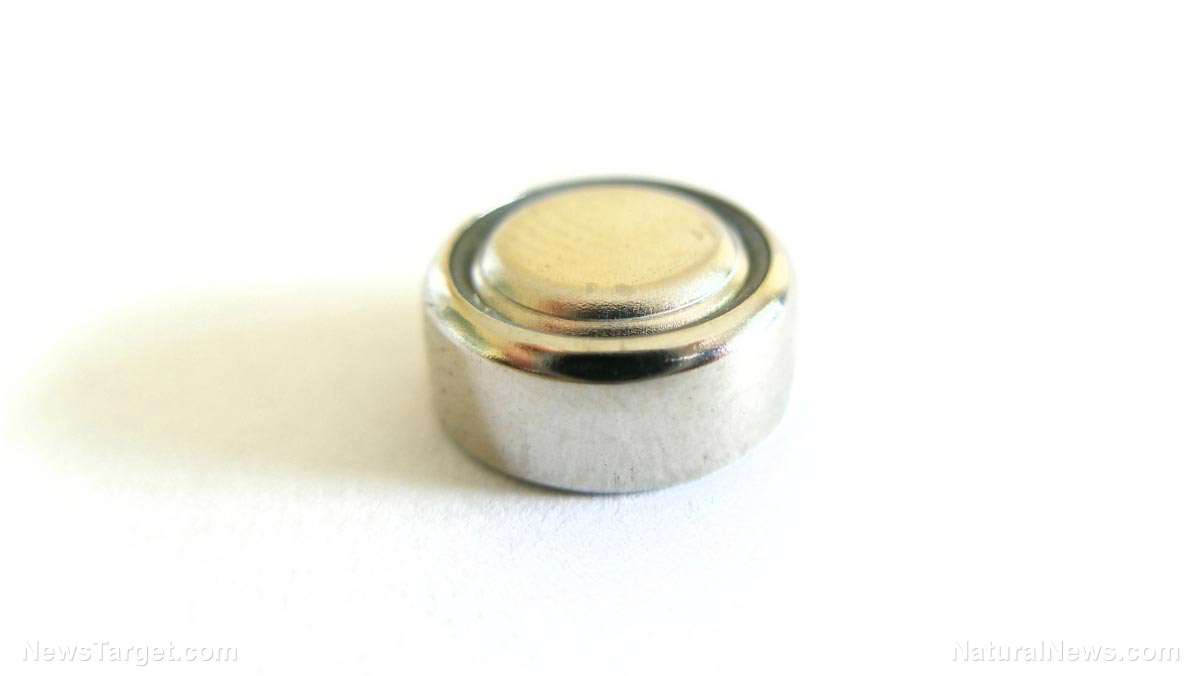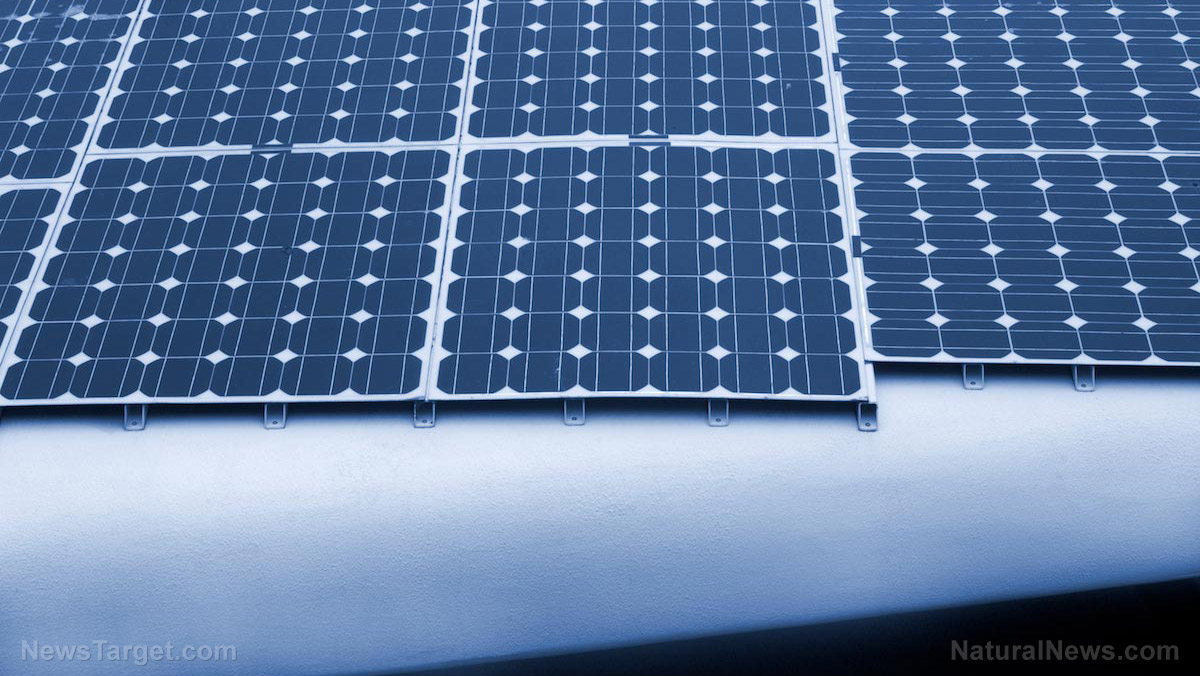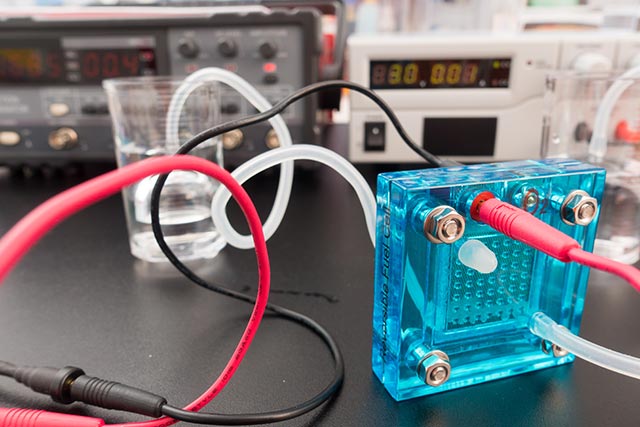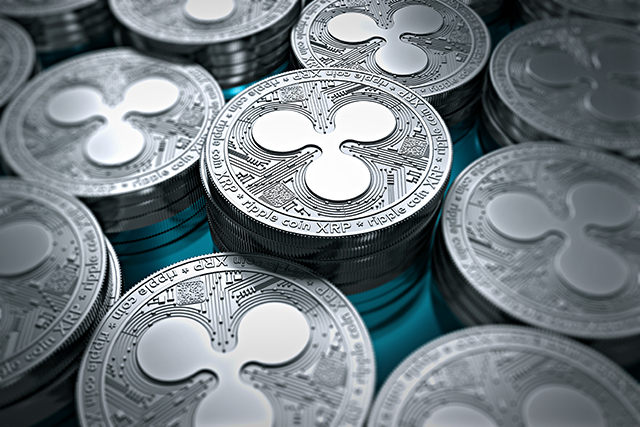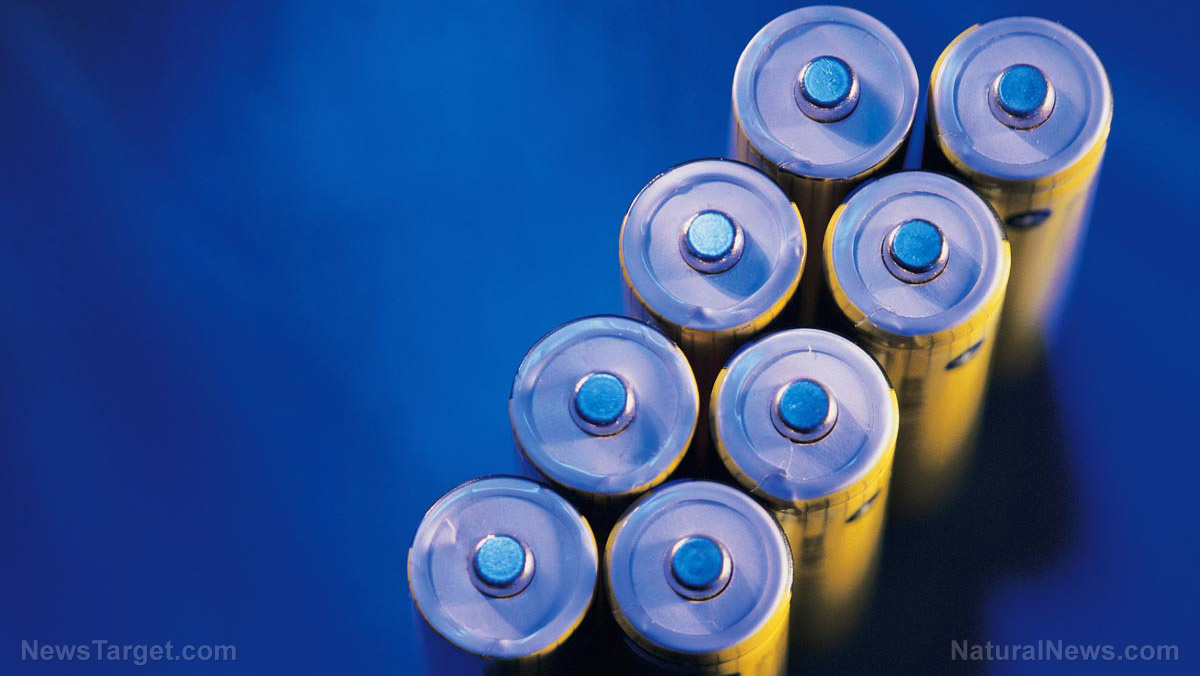Study: Different forms of titanium oxide significantly boost perovskite solar cell performance
04/30/2019 / By Edsel Cook

Researchers are constantly looking for ways to improve the performance of perovskite solar cells while also reducing their price tags. A Japanese team focused on two different forms of titanium oxide, which promised to increase the amount of sunlight that gets turned into energy while also being cheaper and eco-friendly than earlier photovoltaic cells.
Perovskite-based photovoltaic cells are the cutting edge of solar panel technology. Not only do they attain higher levels of power-conversion efficiency than older types of solar cells, they are also simpler and cheaper to produce.
Perovskites are a group of compounds whose crystal structure is similar to the calcium titanium oxide that is also called “perovskite.” Many of them are combinations of organic and inorganic materials.
The light-harvesting layer in a solar cell can be made from perovskite. This layer converts photons into charge carriers, electrons, and holes, which are gathered by an electron transport layer on one side of the perovskite and a hole-transport layer on the other side. These layers also feature electrodes that take the electrical energy collected by the layers. (Related: Solar panels made with the heavy metal lead may soon be able to use “green” element BISMUTH instead.)
Improving the performance of perovskite solar cells with titanium oxide polymorphs
Each of these layers affect the power-conversion efficiency of a perovskite solar cell. In order to maximize the efficiency of the photovoltaic cell, all of the layers have to be operating at their peak.
Tokai University researchers decided to target the electron transport layer for refinement. This layer is made of titanium oxide. Because the structure of this compound is similar to that of perovskite, an electron transport layer made from titanium oxide can attract electrons from the latter with ease.
Titanium oxide also happens to have a number of crystal polymorphs. Anastase and brookite have different crystal structures and properties, so using one of them instead of regular titanium oxide will affect the efficiency of the solar cell.
For their experiment, the Tokai research team used anatase and brookite. Anatase is inexpensive, allows light to pass through it, and is easy to integrate into the solar cell. These properties make it a popular choice for producing electron transport layer.
The other polymorph, brookite, is believed to be a promising electron transport material. However, it has not been investigated in a thorough manner.
Brookite revealed to be much more effective than currently used anatase
The Tokai researchers started by producing brookite nanoparticles with very high conductivity. Their technique did not require high temperatures, which conserved energy and benefited the environment.
The single-crystalline brookite was combined with anatase to create heterophase electron transport layers. The researchers also made single-phase layers that contained only one of the titanium oxide polymorphs.
The different electron transport layers were evaluated for their morphological, optical, and structural properties. They were also judged based on the interface between them and the perovskite layer in a solar cell. Last but not least, the performance of the solar cells with the experimental electron transport layers were compared.
Their results showed that single-phase brookite achieved an efficiency rating of 14.92 percent. It outperforms single-phase anatase and sets a new performance record for single-phase electron transport layers. Reflecting the performance of brookite on its own, the anatase-brookite phase of the electron transport layer can reach up to 16.82 percent.
“The present work presents an effective strategy by which to develop heterophase junction electron-transport layers and manipulate the interfacial energy band to further improve the performance of planar perovskite solar cells and enable the clean and eco-friendly fabrication of low-cost mass production,” the researchers conclude. Their findings can be found in the science journal Nano Letters.
Sources include:
Tagged Under: breakthrough, discoveries, goodtech, innovation, inventions, nanoparticles, nanotechnology, new materials, perovskite solar cells, photovoltaic solar cells, science and technology, solar cell, solar energy, titanium oxide




